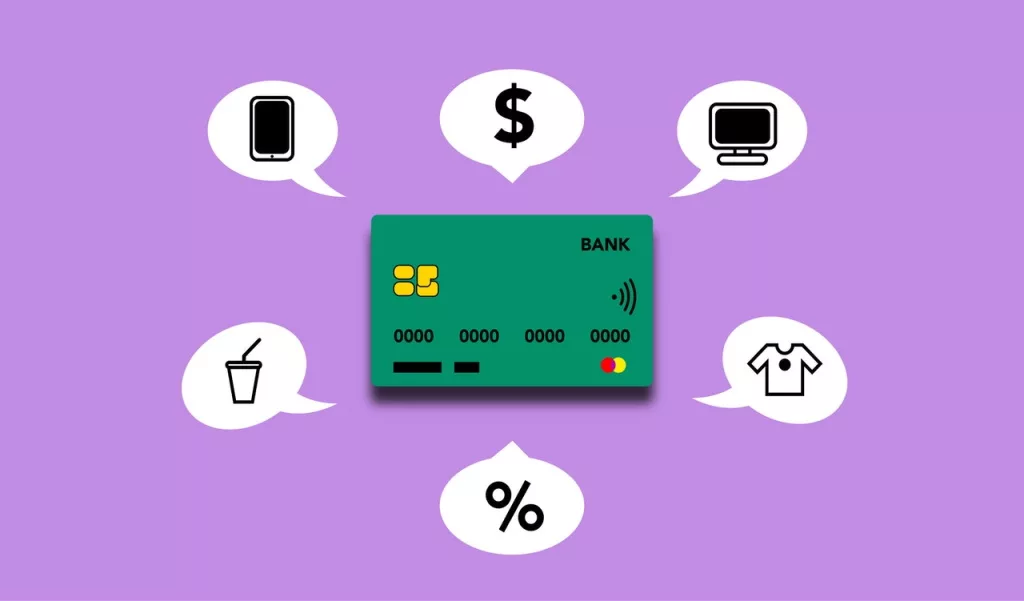
If your nonprofit is interested in processing payments and donations with debit or credit cards, you’re probably looking into establishing a merchant account. While it is also possible to accept credit cards via PayPal or with 3rd party providers that write you a check for money donated to your organization, having your own merchant account will provide your non-profit organization with the most flexibility and functionality, at the lowest price possible. And although there are lots of options for merchant services providers, there’s also a lot of information to learn. As you are weighing your options, you’re going to want to have a basic understanding of how the payment processing system works.
There are multiple steps in credit card processing that can involve a number of different vendors and entities. We’ve broken it down to the basics here and attempted to keep it very simple for those new to the industry. Having a basic understanding of these three steps will help you be more prepared when reviewing potential merchant services providers, and selecting your method of processing credit card payments.
3 Steps of Processing a Credit Card
- Collecting credit (or debit) card information. The first step of processing a credit card payment is collecting the credit card information from the cardholder. Basic information includes the credit card number, expiration date, and name on the card. Your organization will have the option of requiring Address verification service (AVS) and other data. Requiring this extra data lowers the risk of fraudulent activity and is generally a good idea to protect your organization.
- Authorizing & Completing the charge. Once the payment information is collected, it is transferred electronically to the card issuing bank who will authorize or decline the charge. This step can be accomplished by keying the credit card number into an online terminal or payment website or swiping the card through a credit card terminal or mobile swiper device. This process requires that the issuer verify that the credit card account is active and has enough available funds to cover the charge. If verified, the issuer then authorizes and places the charges on the card.
- Depositing money to your bank account. Once the card has been charged, there’s the 3rd critical step: receiving the money. When you apply for a merchant account, you will supply your bank account information. Your sales and donations will be automatically transferred into this bank account, generally within 2-3 days. Note that you may need to ‘batch out’ the transactions daily in order to receive your funds.
Here are a few more helpful articles as you get started in your research:
* Selecting a Merchant Services Provider
* Requirements to Apply for a Merchant Account
* 20 Common Payment Processing Definitions
Of course, stay tuned to our blog for more helpful credit card processing tips, case studies, industry news, scam alerts, and more.



